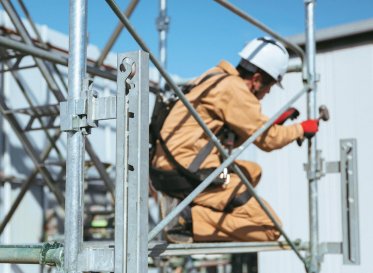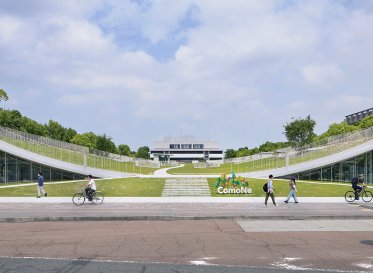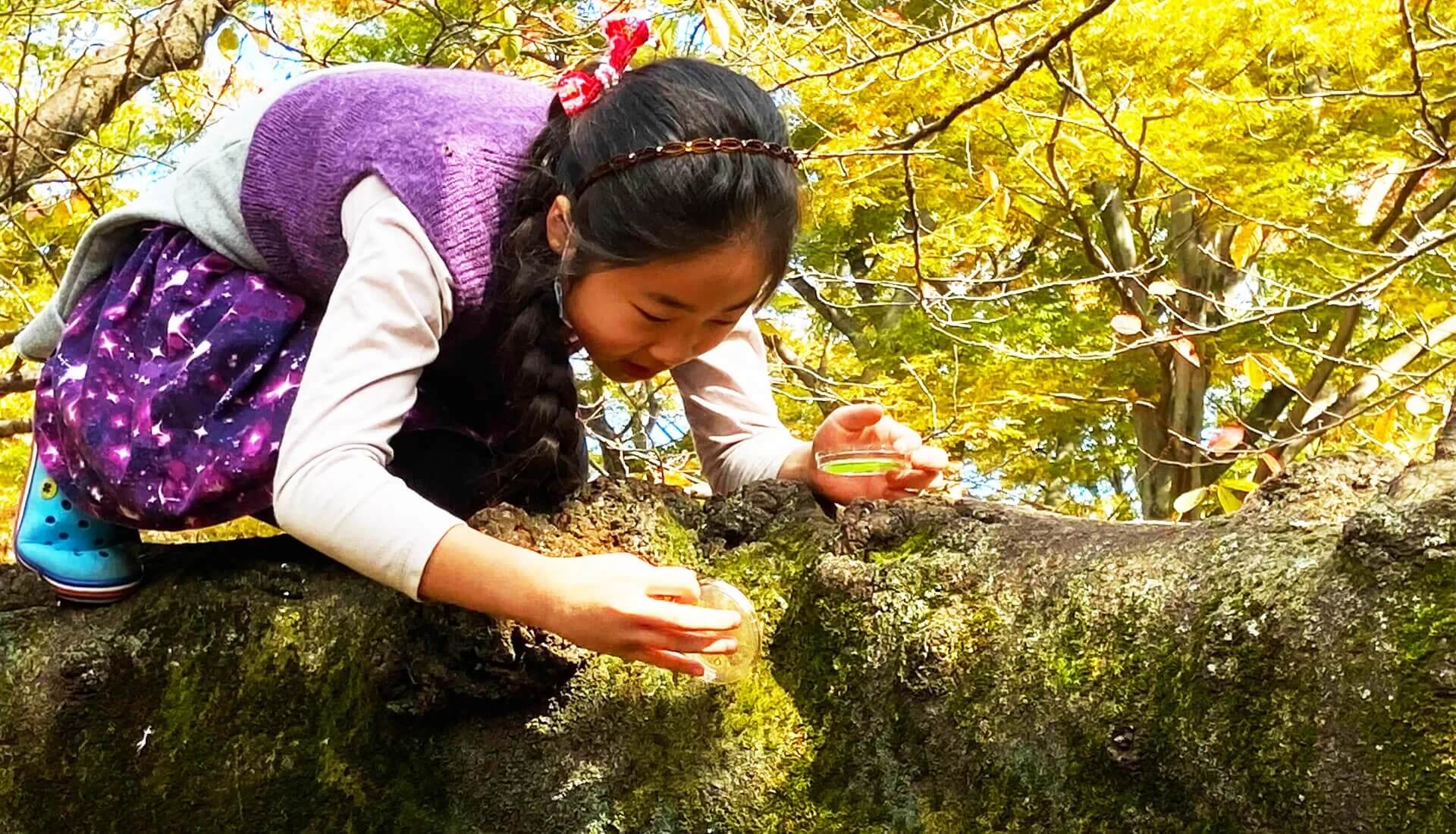
Planting the roots of urban wellbeing through biotechnology, design and education
Outline
What will ‘living well’ mean in the future?
It’s something that Future Life Factory, a studio in the Panasonic Design Center specializing in cutting-edge development, has been exploring – and a question that has taken on new dimensions in the pandemic era.
The global spread of Covid-19 has created a hypervigilance against invisible bacteria and viruses – and along with it, a new kind of germaphobic culture. But research has shown bacteria, and specifically, microbial diversity, as an integral part of human health and wellbeing. It is with this in mind that Future Life Factory designer Michael Shadovitz was inspired to promote the enrichment of microbial diversity in cities and urban environments, rather than simply sterilizing our homes and microbes with air purifiers.
Enter ‘Living Machine Project’: a project launched to not only raise awareness of the importance of microbial diversity in cities from a long-term perspective, but also to stimulate dialogue and discussion amongst urban swellers. Loftwork participated in the Living Machine project team through two units: FabCafe, a creative network run by Loftwork, and BioClub, a platform for pursuing new possibilities in biotechnology.
Within three months, we helped to realize the initial phase of the project, including concept planning and outreach activities for local urban dwellers in Tokyo.
Project Summary
- Project Title: Living Machine Project – Thinking about Microbial Diversity in Cities
- Project period:
- Organization
- Project Leader/Designer: Michael Shadovitz (Panasonic Future Life Factory Co., Ltd.)
- Producer: Yoshifumi Nomura (Loftwork Inc. / FabCafe Tokyo)
- Project Manager: Shinshin Tai (Loftwork Inc. / FabCafe Tokyo)
- Director: Sho Hosotani (Loftwork Inc. / BioClub)
Supervisor: Mariko Takeda (Loftwork Co., Ltd.) - Advisor: Kohei Ito (GoSWAB)
Challenge
The intersection of biotechnology and design in just three months
University or industry projects in biotechnology usually require investing time and money into research; for the Living Machine Project, doing so in the early stages of development was not a realistic option.
As a workaround, two creative directors from Loftwork and FabCafe Tokyo with backgrounds in biotechnology joined the project team: Sho Hosotani, the lab manager of BioClub, a lab that opens up bio-practicable learning and experiences to the public, who holds a master’s degree in biodiversity; and Mariko Takeda, a creative director with a master’s degree in biological and environmental sciences and a former science communicator at a science museum.
The project team set the goal of educating urban dwellers as the first step, planning events that would appeal this market, while conceptualizing and testing the project’s hypothesis in short cycles.
One of the most unique aspects of the project was its organization structure and collaborative spirit. Managed entirely by experts in design, science, and project management, the process was approached via a flat structure, alongside the organic integration of Future Life Factory’s design perspective and Loftwork’s biotechnology knowledge. As a result, the team was able to produce high quality output within a short period of just three months.

Output
A workshop for families to experience the ‘world of microorganisms’
The project team conducted outreach activities in the context of ‘education’, an easily accessible contact point with biotechnology, with the aim of stimulating interest in microbial diversity amongst local urban residents.
Specifically, the team developed a workshop program for parents and children to experience the world of microorganisms around them via the five senses. Children with no knowledge of biotechnology could be empowered to enjoy collecting, cultivating, and observing microorganisms in a scientifically appropriate way.
FabCafe Tokyo was designated at the venue for the program; as a creative platform that also functions as a community-based café, it was able to take on the role of an information transmission center open to the public.

Collaboration with ‘GoSWAB’, an advanced project in environmental biology
Kohei Ito, a researcher in environmental biology and the leader of ‘GoSWAB’, a project analyzing the DNA of microorganisms in urban environments in Japan, was enlisted as an advisor for more specialized assistance in the planning of the workshop.
The process of participants collecting, culturing and observing microorganisms was discussed, with Mr. Ito and the project team proposing a workshop based around the ‘Stamp Method’. A simple-to-use bacteriological method widely used in hygiene inspections, participants would be able to experience the world of microorganisms by learning about the various types of microorganisms that live around them and observing their movements. The team also verified the process by conducting a pre-workshop, improving the accuracy of the workshop experience for participants.
The workshop was announced via the FabCafe Tokyo website, and eight groups of 20 parents and children participated. While walking through Yoyogi Park and the streets of Shibuya, the participants used their five senses to collect and observe natural objects, coming into contact with the natural environment and experiencing the unfamiliar world of microorganisms.

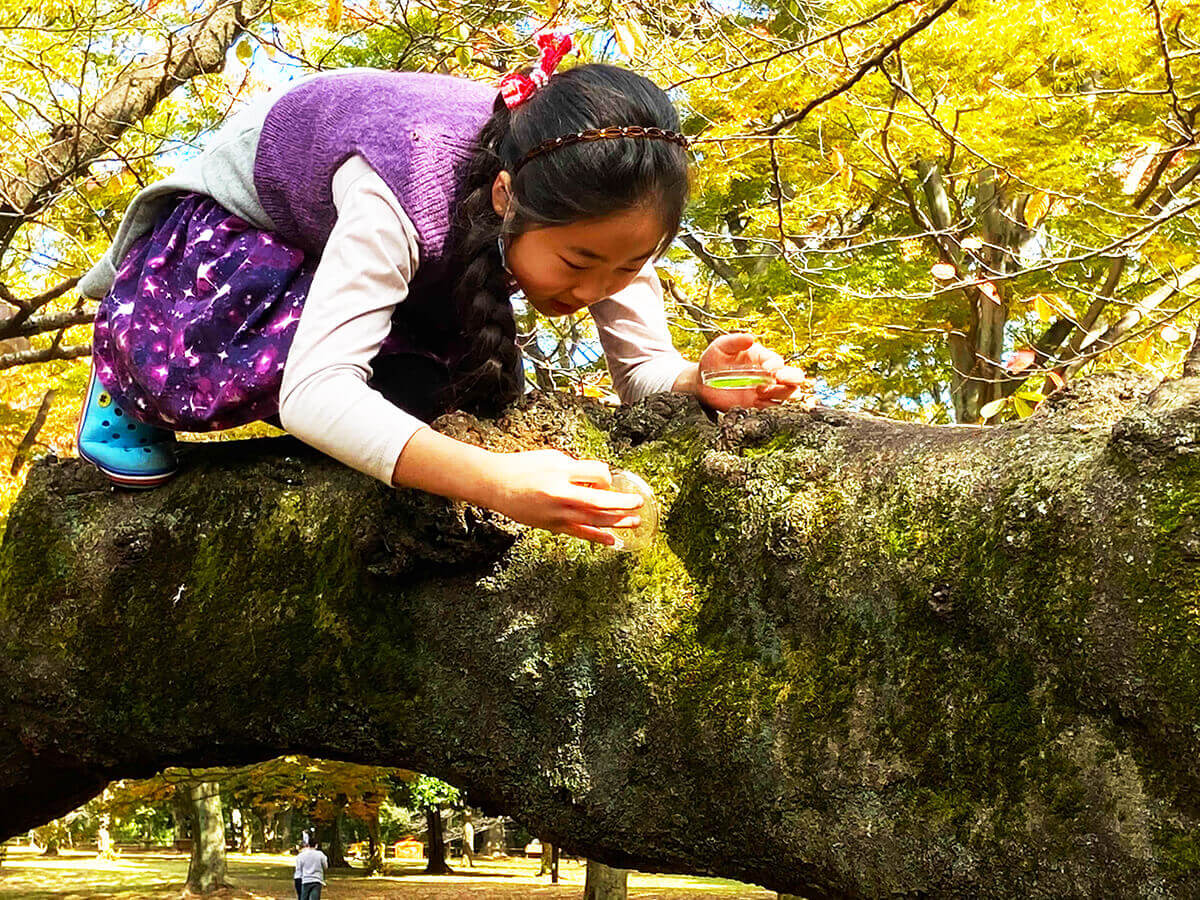
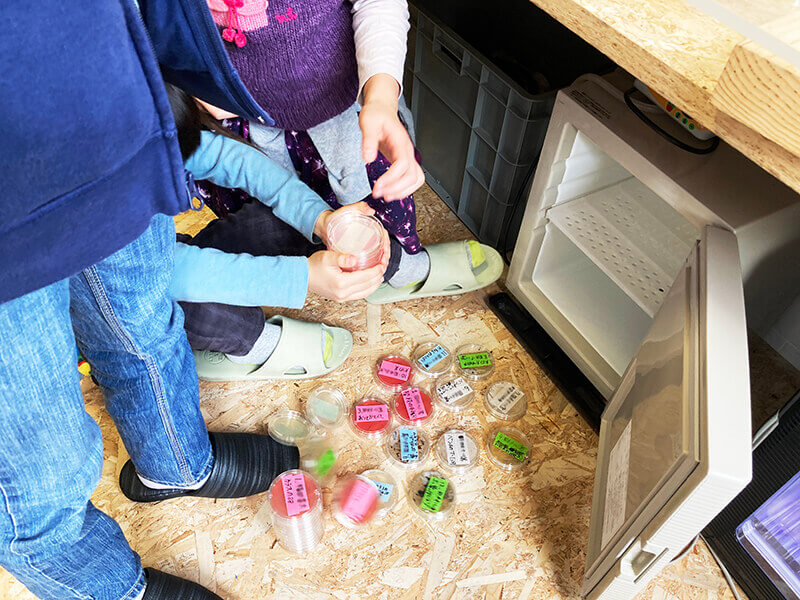
Transforming FabCafe's open space into an immersive exhibition
In order to open up the world of microorganisms as experienced by the workshop participants to an even wider audience of city dwellers and pique their interest, FabCafe Tokyo organized the special exhibition ‘Biodiving to Microorganisms and Nature – BioDiversity’.
Posters of the microorganisms collected from streets of Shibuya during the workshop were displayed, alongside materials introducing the process of the workshop. In addition, the team also developed a hands-on exhibit that allowed visitors to peek at images of actual living microorganisms, which drew a lot of response.
The project took approximately three months, from the time Loftwork joined the project to the exhibition opening. Although the output was produced in a short period of time, we were able to implement actions with future impact, all the while incorporating hypothesis testing.
In recent years, there has been a great deal of interest in the invisible world of viruses and microorganisms, and the Living Machine Project is paving the way for those of us who aim to coexist with ‘them’.


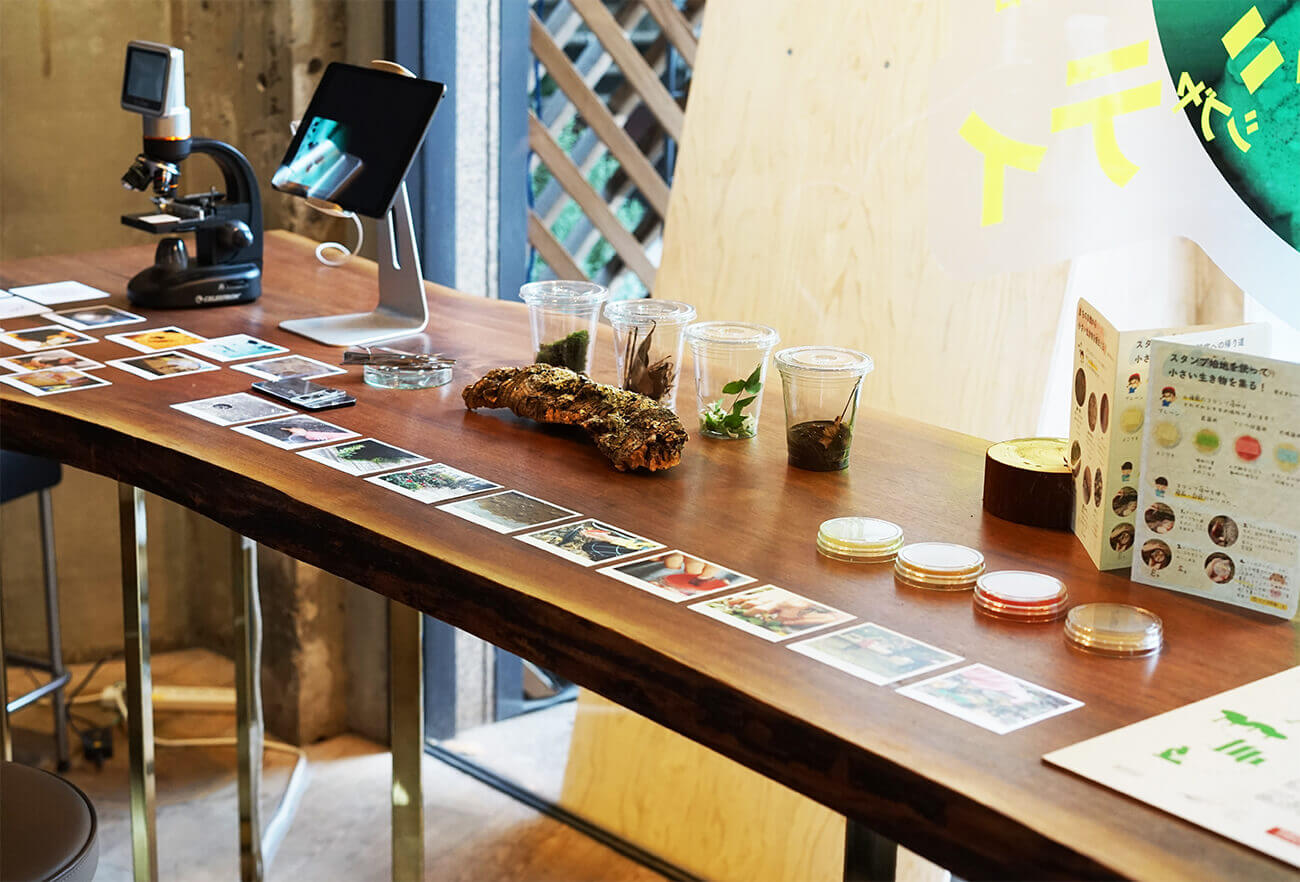
Member

Shinshin Tai
Loftwork Inc.
Creative Director
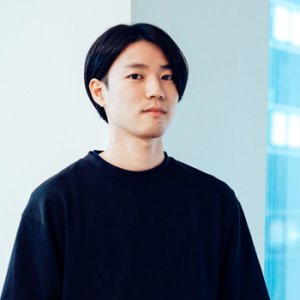
Sho Hosotani
Loftwork Inc.
Creative Director

Yoshifumi Nomura
Loftwork Inc.
Producer

Mariko Takeda
Loftwork Inc.
FabCafe Creative Director
Voice
“For Future Life Factory, this was an interesting project about a problem, place, and action – the problem being that children were spending less time outdoors and having less contact with the natural biome. During a pandemic, this is becoming even more so. We considered different ways to approach this issue, but in the end, chose a hands-on activity, located in our neighborhood of Shibuya, where kids can go explore the biodiversity of their surroundings, and consider our connection with our surroundings. Working together with the Bio Lab and Loftwork, forming a team of science experts and designers, we were able to hypothesize, test, and create a memorable activity that also hints at how design and science could work together going forward.”
Shadovitz Michael(Panasonic Corporation, FUTURE LIFE FACTORY)
“It is up to the residents of the city to decide how to create the city of the future. It is only natural for them to take responsibility and commit to the design of their own community living. (Unfortunately, many people today seem to forget this.) The aim of this project was to provide an opportunity for urban dwellers to experience ‘observation’, ‘recognition’, and ‘accumulation’, and to think with their own hands about what they can use around them and how they can inc”
Shinshin Tai(Creative Director, Loftwork)
Next Contents







